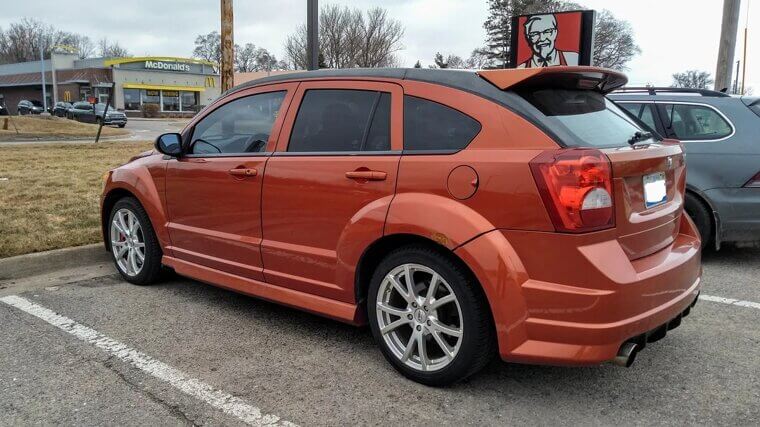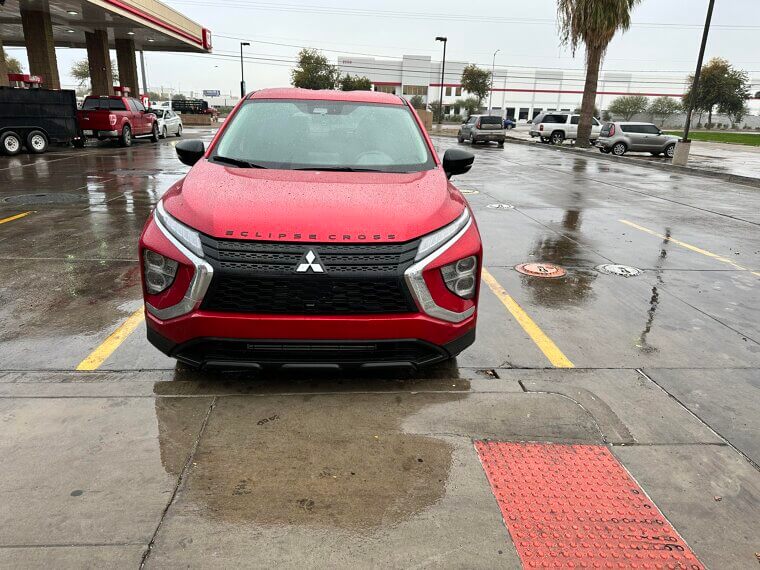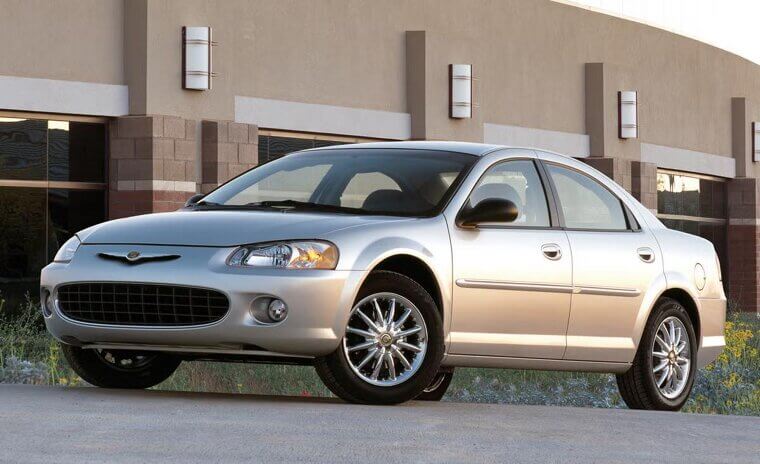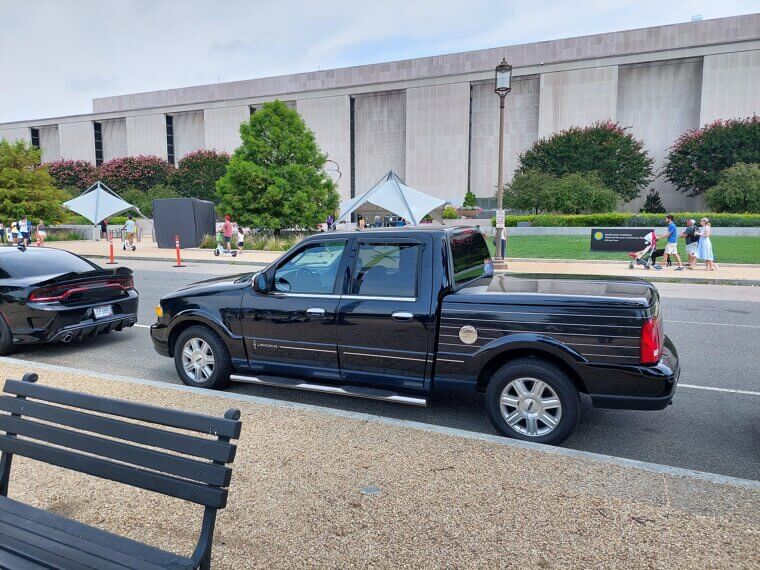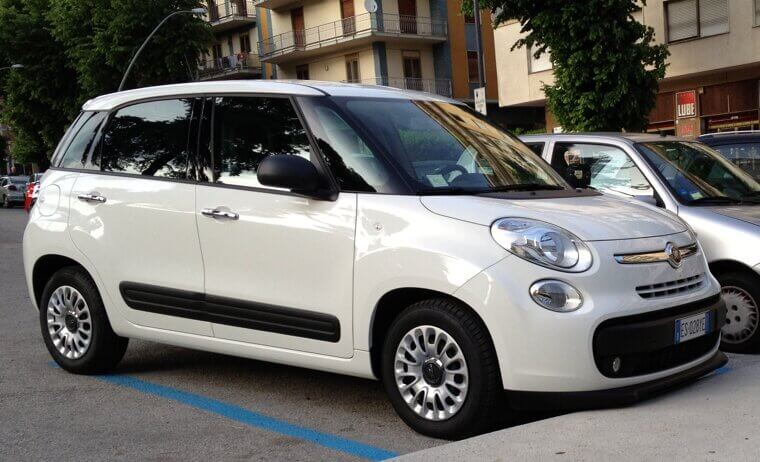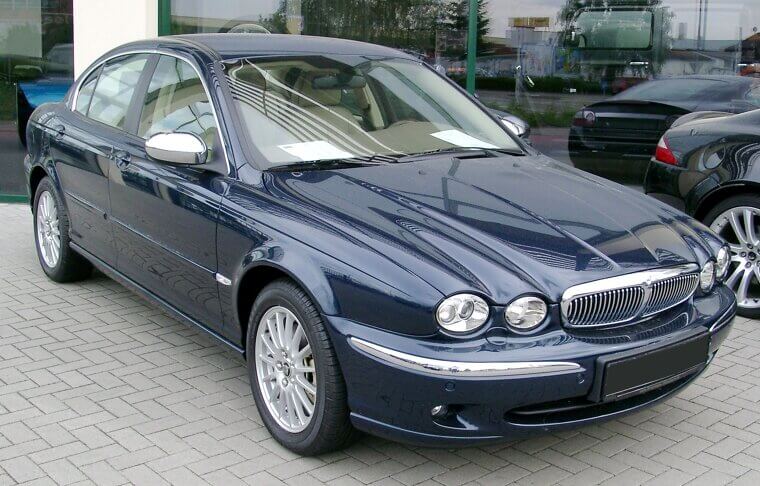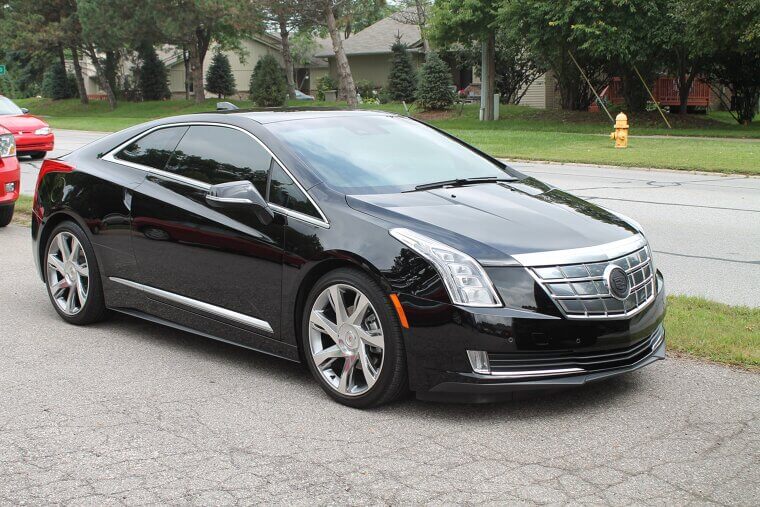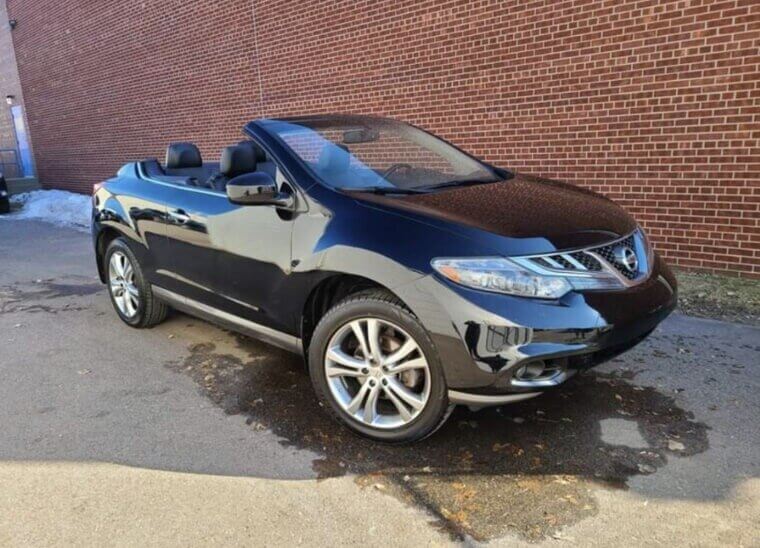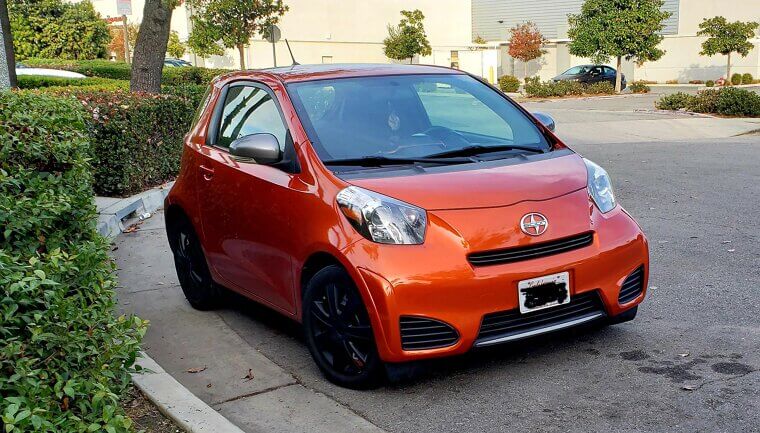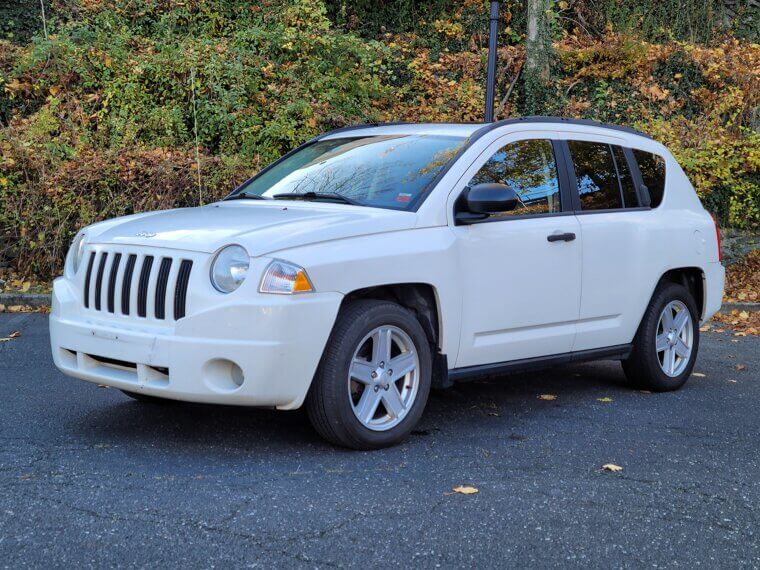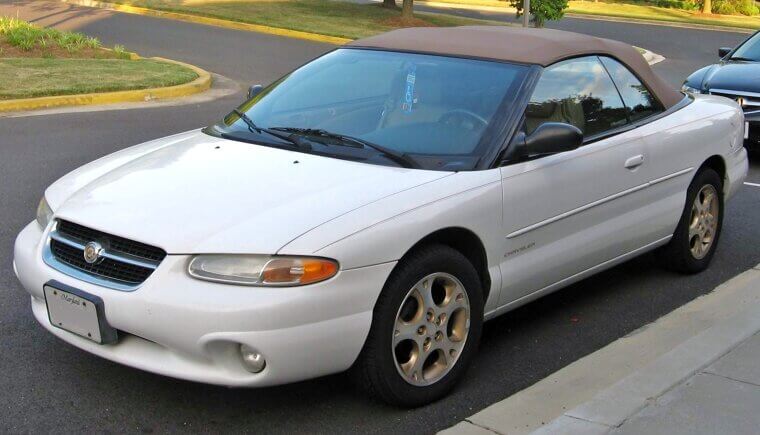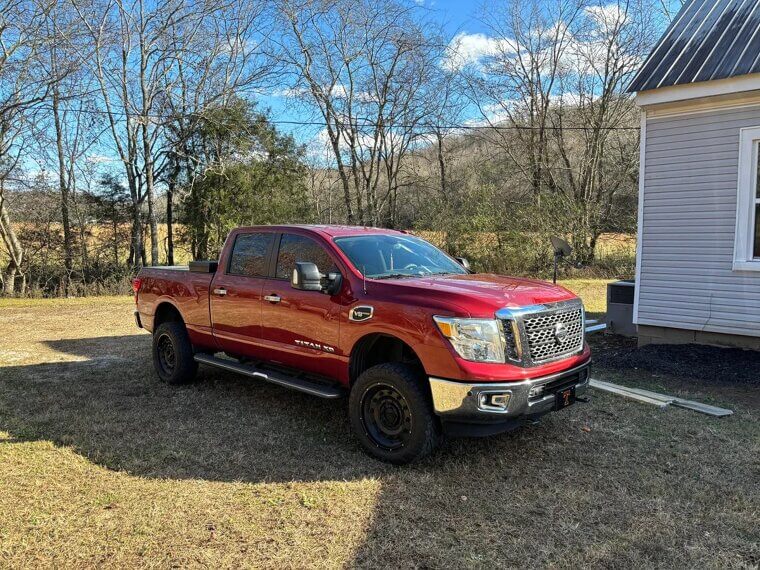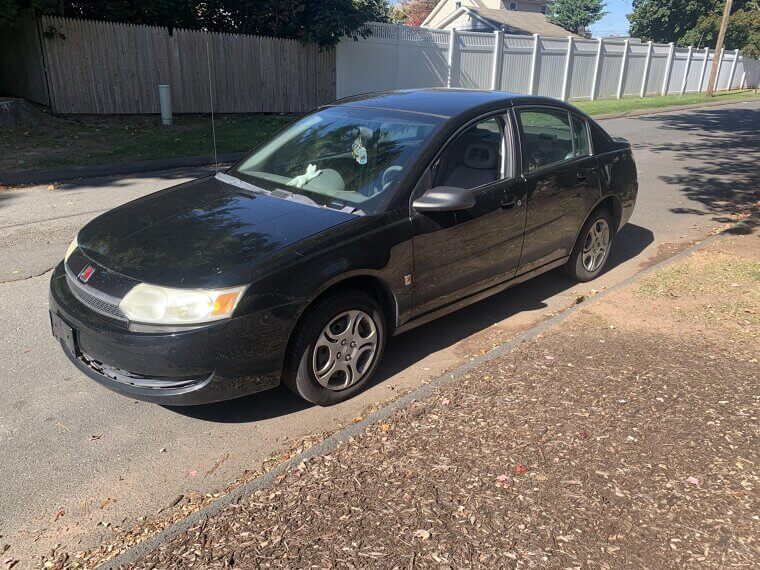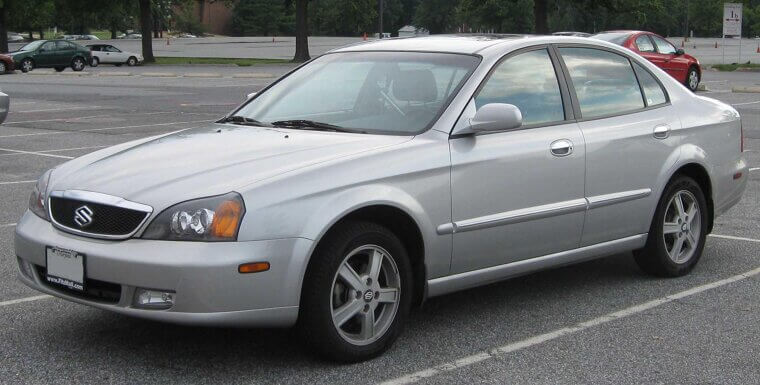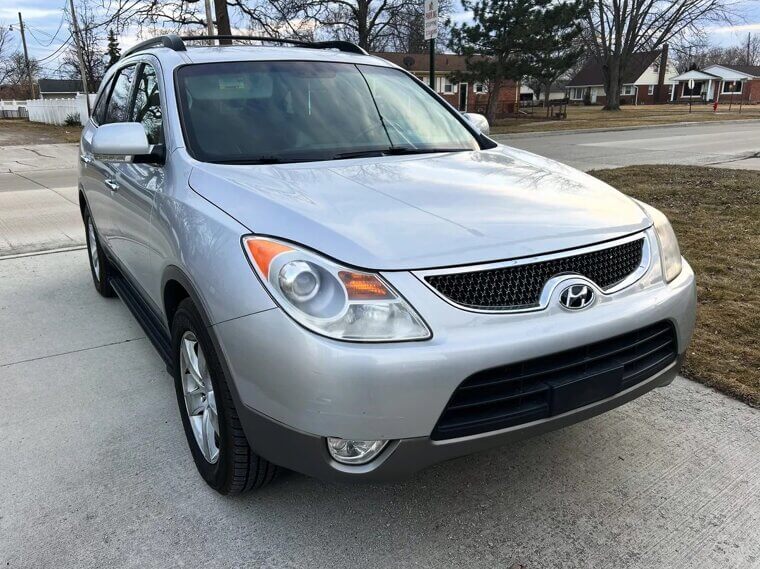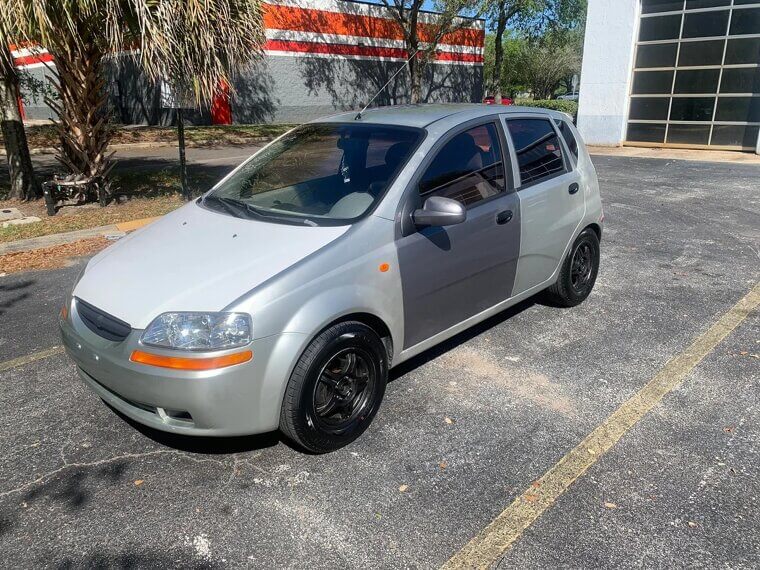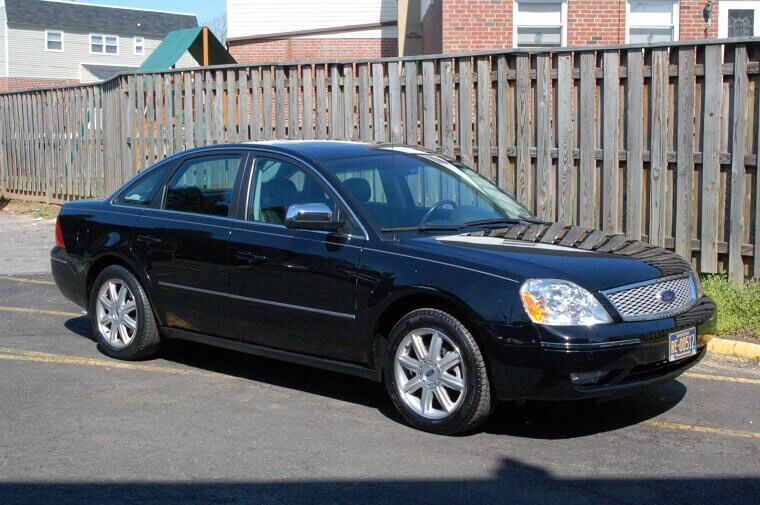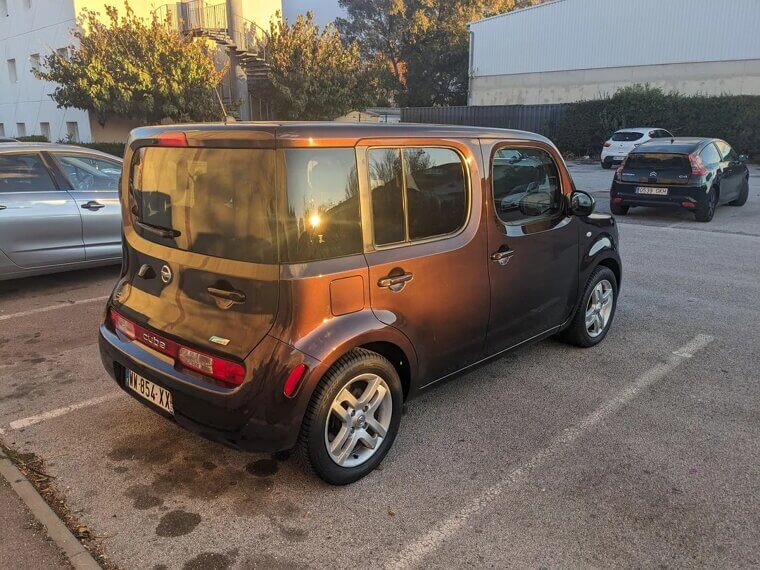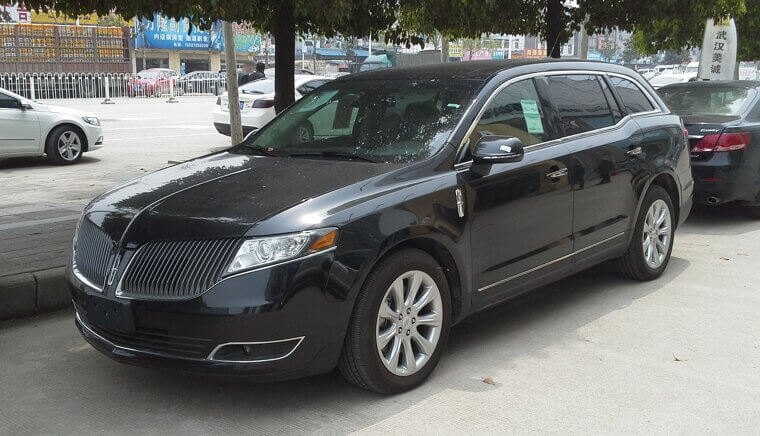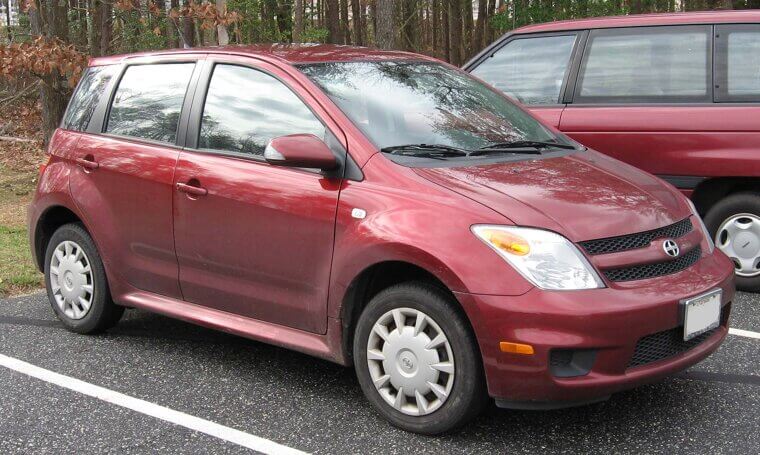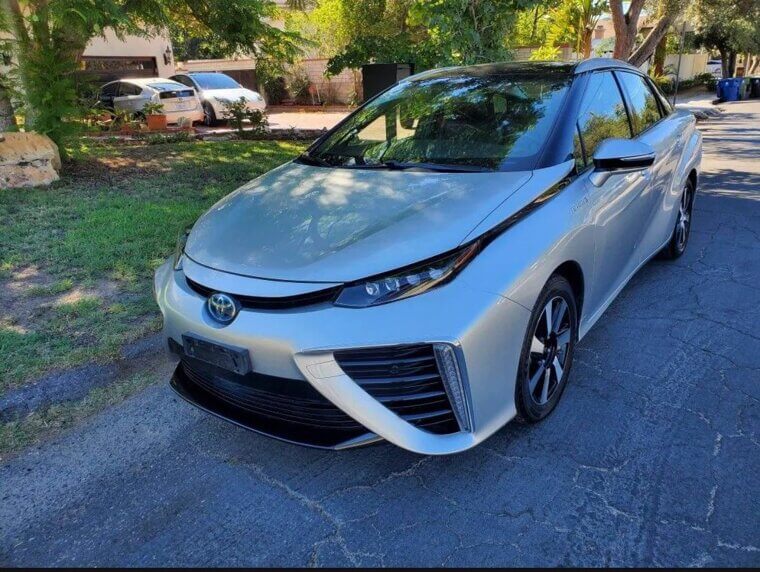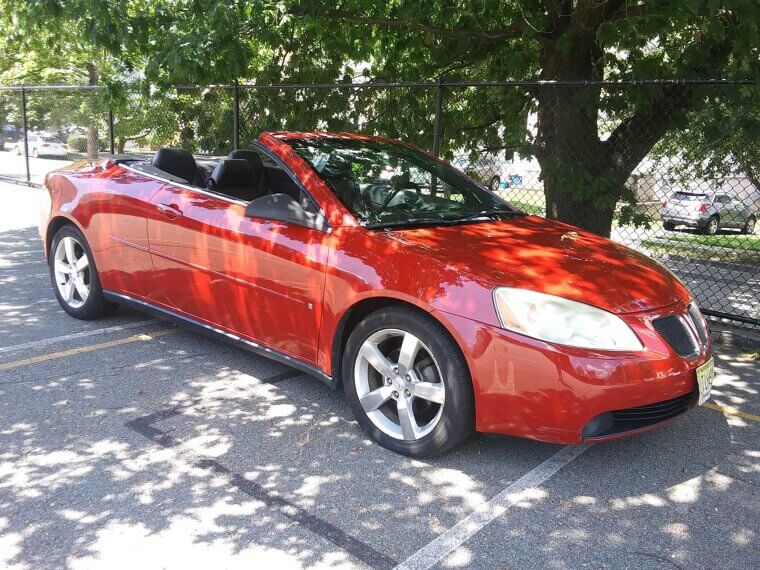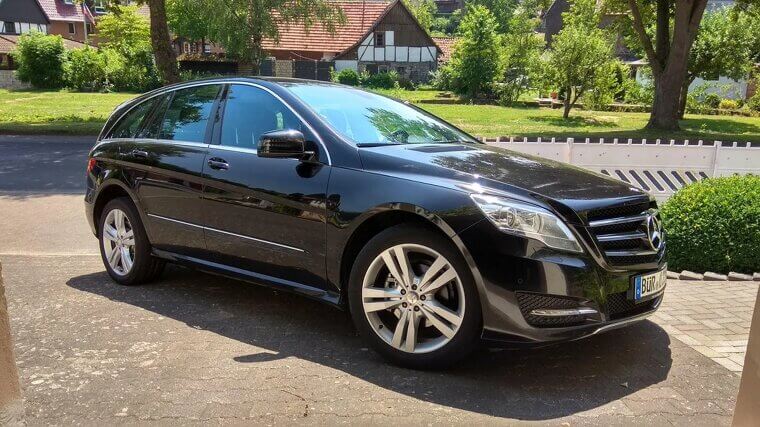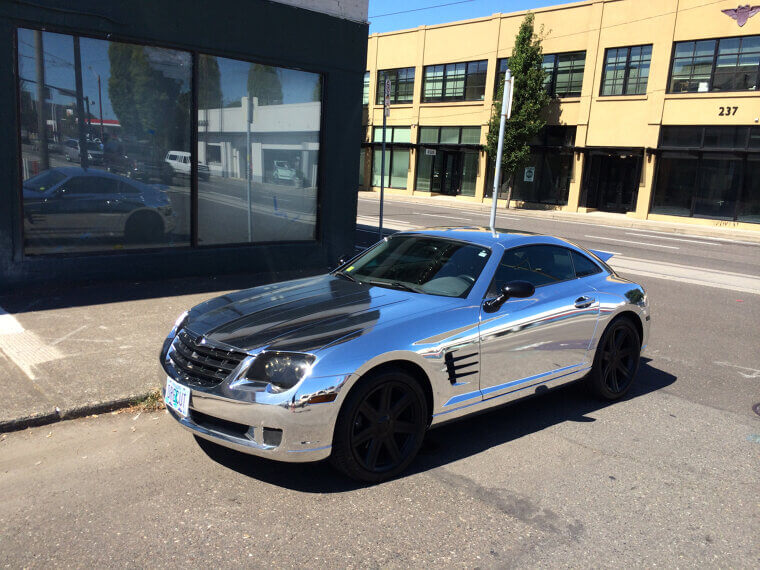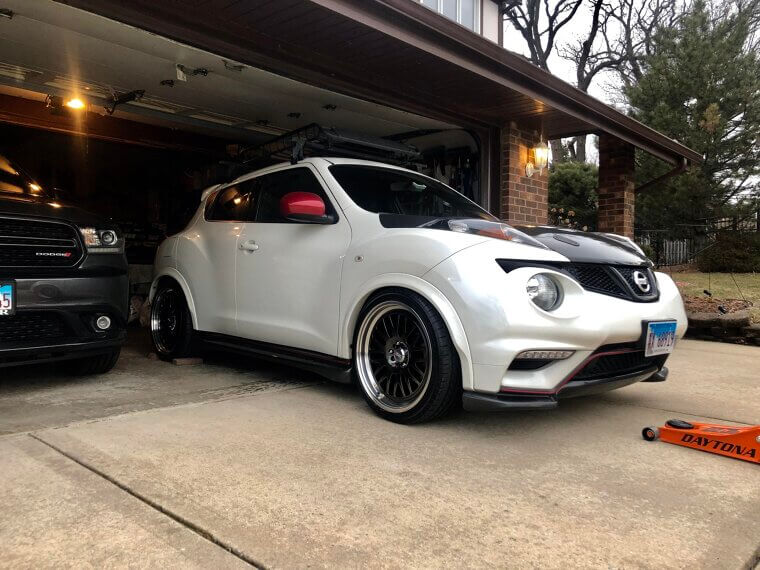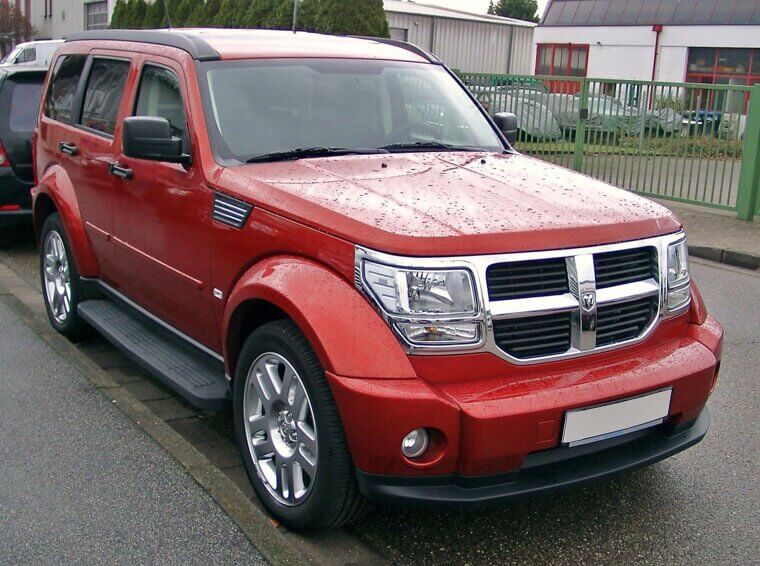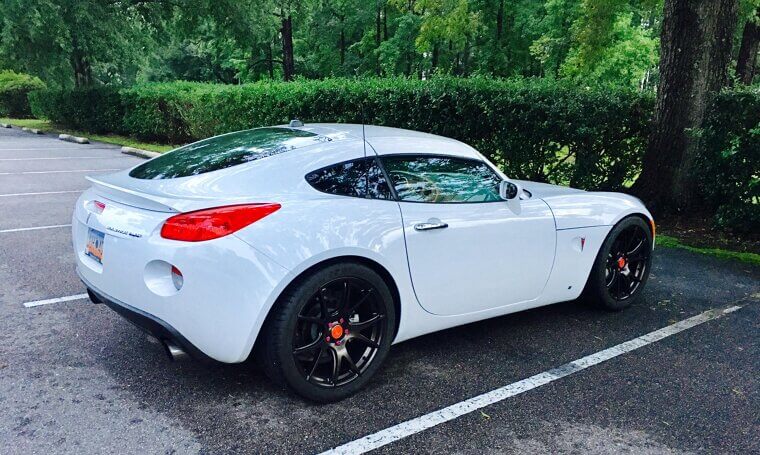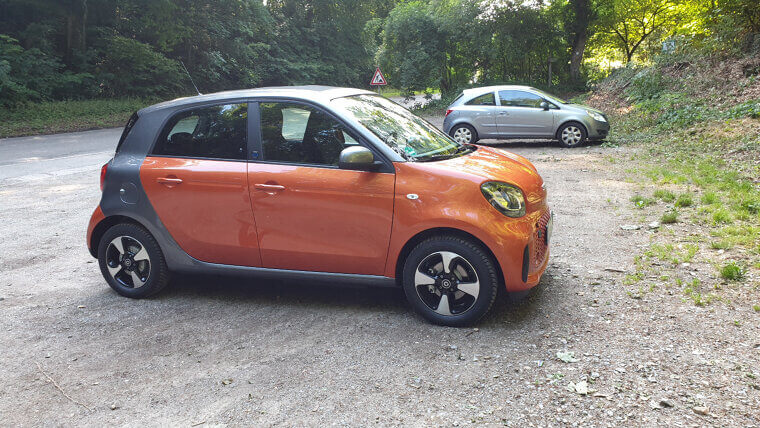These Cars From the Last Two Decades Are These Automakers' Biggest Regrets
Not every car is a proud moment for its maker. Over the last 20 years, some “game-changers” ended up being punchlines, money pits, or plain disasters. Automakers won’t admit it, but they’d love to sweep these models under the rug. Here are 35 cars they secretly wish they never made.
Chevrolet SSR
A pickup-roadster mashup sounded fun on paper. In reality, it was heavy, impractical, and absurdly overpriced. It looked like a cartoon car, offered limited utility, and sold in embarrassing numbers. Chevy hyped it as a bold innovation, but it ended up being a very expensive mistake.
Dodge Caliber
Dodge tried to replace the Neon with this “sporty crossover-hatchback”. Instead, they delivered a clunky ride, cheap interiors, and underwhelming engines. The CVT transmission was infamous for failing, and the car’s design aged faster than a flip phone. Dodge probably pretends this never happened.
Pontiac Aztek
The Aztek is from the early 2000s, but still haunts GM. It was supposed to be futuristic and adventurous. Instead, it became the poster child for bad design. Even “Breaking Bad” couldn’t save its reputation. It had cool camping features, but its looks and reliability are regrettable.
Mitsubishi Eclipse Cross
Reviving the Eclipse name should’ve been exciting. Instead, Mitsubishi slapped it on a bland compact crossover. Fans of the sporty coupe were furious, and buyers weren’t thrilled either. With mediocre performance, odd styling, and an identity crisis, it feels more like a bad marketing gimmick than a car.
Chrysler Sebring
Chrysler said this was stylish and affordable, but it was bland, cheaply built, and full of problems. The interior felt like recycled plastic bottles, the engine wheezed instead of roared, and reliability was laughable. Chrysler wanted to make a car that could compete with Honda and Toyota; what they got was an industry punchline.
Lincoln Blackwood
Lincoln thought luxury buyers wanted a leather-lined pickup. They didn’t. The Blackwood had a tiny, carpeted bed that wasn’t waterproof, limited color options (just black), and a massive price tag. It was discontinued after one year. Lincoln quickly realized luxury trucks weren’t quite ready for prime time.
Fiat 500L
Fiat promised quirky charm in a family-friendly package. Instead, the 500L became infamous for its awkward styling, flimsy build quality, and laughable reliability scores. Owners complained about endless repairs, and resale values tanked. Fiat pulled out of the U.S. market shortly after. Coincidence? Probably not.
Jaguar X-Type
Jaguar thought slapping a fancy badge on a Ford Mondeo would woo buyers, but it didn’t. The X-Type was unreliable, overpriced, and didn’t live up to the Jaguar mystique. Instead of being an entry-level luxury hit, it became the car nobody wanted.
Cadillac ELR
Think Chevy Volt, but with a Cadillac badge and twice the price. Buyers weren’t buying, and sales tanked. Cadillac said it was their future in electrification, but the ELR was more of a detour.
Nissan Murano CrossCabriolet
Nissan made a convertible SUV, and it was one of the weirdest, most mocked cars of the decade. The Murano CrossCabriolet was ugly, overpriced, and had almost no market. Buyers avoided it, and Nissan quietly killed it, hoping everyone would just forget.
Pontiac G6
Pontiac hyped the G6 with an Oprah giveaway, but the car itself was a dud. Cheap interiors, bland styling, and poor reliability made it forgettable. By the time Pontiac shut down, the G6 was more infamous for the freebie than the driving experience.
Scion IQ
Toyota thought Americans would love a microcar like the Smart, but the Scion iQ was too small, too weird, and too impractical. With a turning radius tighter than a go-kart and cabin space like a sardine can, buyers just said “Nah.”
Chevy Avalanche
Chevy said the Avalanche was the ultimate truck/SUV. It was a great idea, but it was badly executed. Owners loved the “midgate” but hated the plastic cladding, clunky build, and rough ride.
Jeep Compass (First Gen)
Marketed as the affordable gateway to the Jeep lifestyle, the first Compass was the opposite of rugged. Poor build quality, bad handling, and an interior that looked like it was very cheap made it a quick failure. Hardcore Jeep fans didn’t even want to claim it.
Mitsubishi Mirage (Modern)
The Mirage was brought back as the cheapest new car in America. Unfortunately, it drove like the cheapest new car in America. The tiny engine, toy-like build, and a noisy cabin made it feel like punishment on wheels. People bought them, but they sure didn’t brag about it.
Chrysler Sebring Convertible
This convertible was supposed to be the affordable convertible everyone wanted. Instead, it was mocked for its dull handling, cheap plastic interior, and constant breakdowns. Even car critics called it “the worst car on sale.” Chrysler probably wishes they’d just left the top on.
Nissan Titan XD Diesel
Nissan tried to position itself in the middle between half-ton and heavy-duty trucks; it didn't work. Owners reported reliability issues, no aftermarket support, and questionable towing claims. Within a few years, Nissan buried the experiment. Ford and Ram never even lost any sleep over it.
Saturn Ion
Saturn promised innovation and affordability, but the Ion failed to deliver. The car was riddled with issues, including a terrible design, a noisy cabin, and reliability problems. Even the quirky "center-mounted gauge cluster" was more confusing to use than innovative.
Suzuki Verona
Suzuki’s attempt at a midsize sedan in America failed. With a weak engine, bad fuel economy, and lackluster features, the Verona was invisible on dealer lots. Within a few years, Suzuki totally disappeared from the US market.
Hyundai Veracruz
Hyundai tried to go luxury SUV with the Veracruz, aiming for Lexus-level comfort. Instead, it was anonymous and forgettable. Solid but bland, it never found an audience. Even Hyundai seemed to want to move on, quietly replacing it with the far more successful Santa Fe XL.
Chevrolet Aveo
GM brought the Aveo over from Daewoo, and boy, did it show. Cheap plastics, gutless performance, and “are we there yet?” levels of discomfort made it feel like punishment, not transportation. Chevy removed it from its lineup and pretended it never happened, while owners wondered why they didn’t just buy a used Civic.
Suzuki Kizashi
Suzuki went all in on a sporty sedan right before exiting the US market entirely. The Kizashi wasn’t bad, but nobody bought it, parts became a nightmare, and Suzuki pulled the plug. It’s a classic case of “too little, too late.”
Volkswagen Phaeton
VW’s attempt at a luxury flagship was as ambitious as it was misguided. Over-engineered, expensive to fix, and poorly received, it’s a rare case where VW aimed high and belly flopped.
Ford Five Hundred
Ford was looking to reinvent the large sedan, but what came off the production line was an oversized, dull, and devoid-of-character vehicle. It wasn't bad, it was just boring, and customers weren't fooled. Ford changed the name back to Taurus, and the Five Hundred faded into obscurity.
Nissan Cube
The Cube was quirky and fun, but kind of ugly. Its asymmetrical rear window made people tilt their heads, and its "lounge-like" interior confused more than it impressed. Sales never really took off, and Nissan threw in the towel. Quirky is not always cool, and the Cube proved it.
Lincoln MKT
The proportions of this car were odd, the handling was clumsy, and the sales were weak. Lincoln hoped to deliver a higher-end and more practical vehicle, but delivered neither. They've since moved on, and the MKT is a footnote in their story.
Scion XA
Toyota’s attempt to lure young buyers with the Scion xA ended up attracting more grandparents than Gen Z. Although it was reliable, it had all the personality of a washing machine. Sales tanked, and Toyota quietly killed it.
Toyota Mirai
Hydrogen power sounded futuristic, but the Toyota Mirai proved that the future wasn't ready. With few fueling stations and exorbitantly high costs, owners soon discovered they had bought into a science experiment. While Toyota maintains that hydrogen will work one day, the Mirai was a colossal flop, suggesting that "someday" isn't today.
Pontiac G6 Convertible
Pontiac wanted the G6 convertible to be a real head turner. And it was, just not for the right reasons. With a bulky folding hardtop that leaked and constant electrical issues, owners spent more time in the repair shop than at the beach. No wonder Pontiac’s “Excitement” brand lost its spark.
Mercedes-Benz R-Class
The Mercedes R-Class was too big, too expensive, and way too ugly. Buyers shrugged, while Mercedes pretended it never existed. Now, spotting one is like spotting a unicorn, just less magical.
Chrysler Crossfire
The Chrysler Crossfire looked exotic. However, it was basically a Mercedes SLK in cheap cosplay. It had odd styling. no real performance, and it never fulfilled its sporty promises. Sales plummeted, and Chrysler seemed embarrassed that they actually promoted it as a halo car.
Nissan Juke
The Juke’s bug eyes had people talking, but they weren’t buying it. It had a turbo punch, but its polarizing looks kept it from being a mainstream success. Nissan learned the hard way, and the Kicks replaced it with less drama.
Dodge Nitro
Boxy, noisy, and marketed as "bad to the bone," the Dodge Nitro was all bark, no bite. It looked tough, but drove like a rickety lumber wagon. Sales plummeted, and Dodge quietly discontinued it.
Pontiac Solstice
On paper, the Solstice was Pontiac’s sporty comeback. In reality, it had a cramped interior, bad build quality, and a trunk that could barely fit a backpack. When Pontiac died, so did the Solstice, and no one asked for seconds.
Smart Forfour
Smart attempted to turn its unique city car into a four-person vehicle. Unfortunately, it didn’t only stretch the car, it stretched reliability, comfort, and patience as well. Daimler killed it almost as quickly as it started.



